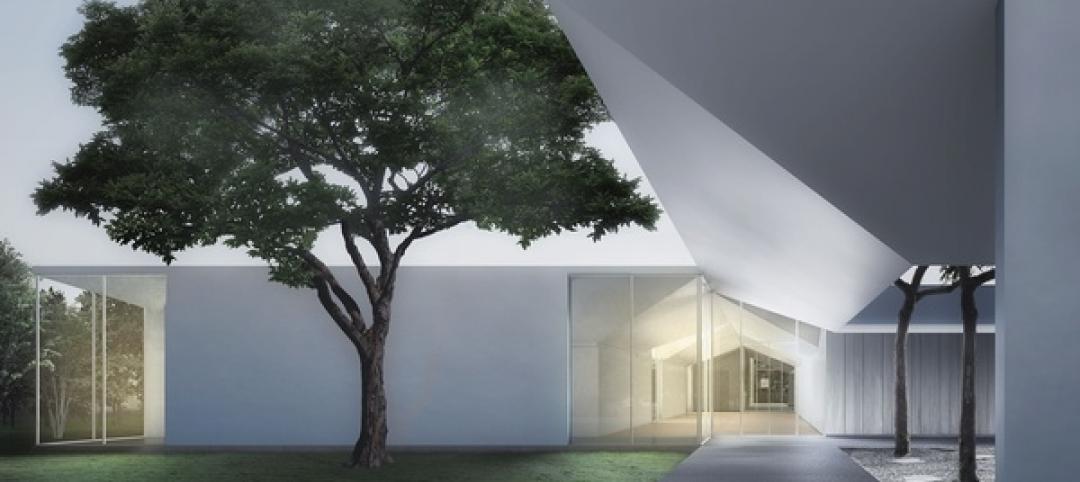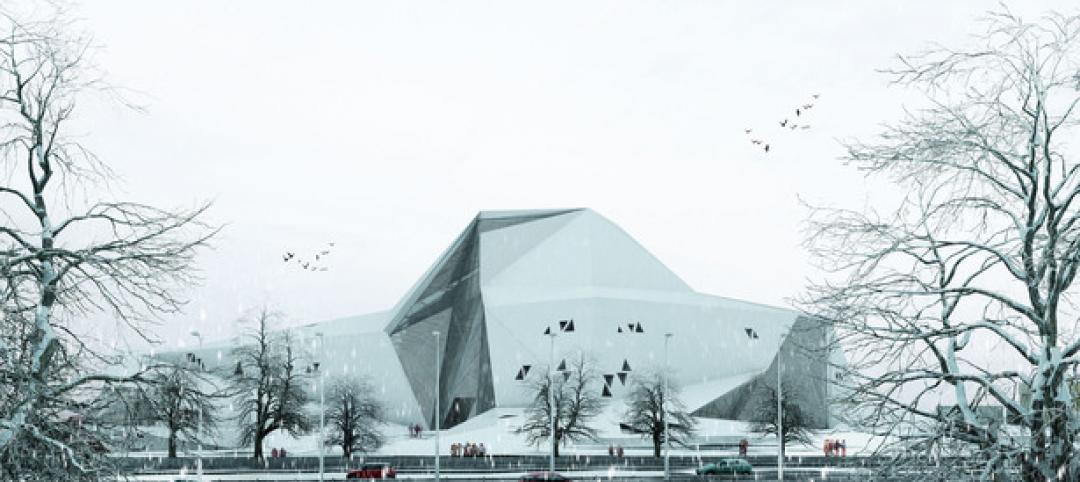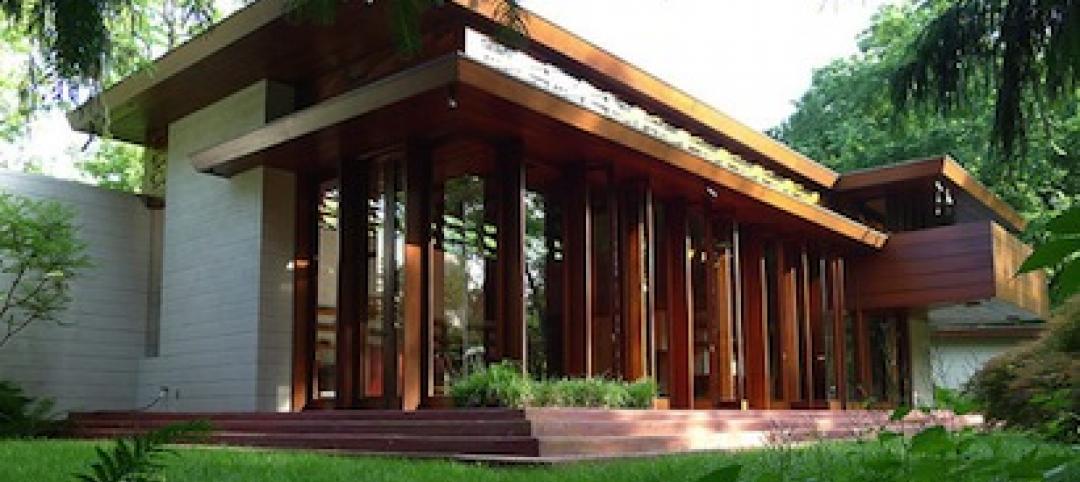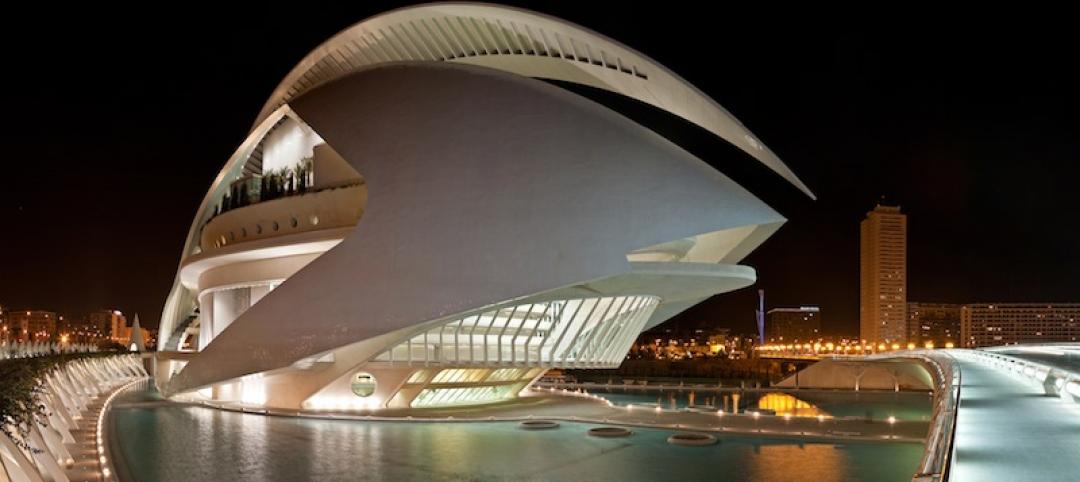On Tuesday, Preservation Chicago published its 2014 list of Chicago's 7 most threatened buildings.
On the list is St. Adalbert Church, designed by Henry J. Schlacks in 1874, with its notable 185-foot-high twin towers.
Also included are the Fisk and Crawford power plants, which, according to Preservation Chicago, "redeveloped and refined the mammoth production of electricity to a growing city and region at a magnitude not seen at that time. The success of these two facilities were copied and replicated around the world. Yet this all began in Chicago."
The Guyon Hotel made the list for the second year in a row.
Here's the full list (descriptions courtesy Preservation Chicago, Cinema Treasures, and Wikipedia):
1. St. Adalbert Catholic Church - Originally constructed for a Polish congregation in the Pilsen neighborhood, St. Adalbert Roman Catholic Church is a Renaissance Revival complex designed by noted church architect Henry J. Schlacks, who worked for a time in the offices of Adler & Sullivan. It’s soaring 185- foot twin towers are the highest structures in the Pilsen neighborhood and easily recognizable.
2. Crawford, Fisk Power Houses - The two enormous Fisk and Crawford electrical-generating coal-fired stations or power plants date from 1903 and 1926 and were originally considered engineering wonders of the modern world. Both plants are by noted architects and both achieved the previously impossible task of employing technology to create the world’s largest electrical generators, based entirely upon the steam engine turbine. These systems redeveloped and refined the mammoth production of electricity to a growing city and region at a magnitude not seen at that time. The success of these two facilities were copied and replicated around the world. Yet this all began in Chicago.
3. Guyon Hotel - Originally part of a large commercial business district on the city’s West Garfield Park neighborhood, the long and steady decline of the community has only further made the rehabilitation of this rare and magnificent Moorish Revival hotel more challenging. Constructed of red and cream brick with deep red terra cotta detailing, the Guyon Hotel’s interior is also in need of restoration. The site has had multiple owners over the years and was finally converted from a residential hotel to single- room-occupancy apartments in the late 1980s. Listed 2012 on Landmarks Illinois’ 10 Most Endangered list and last year on our Chicago 7 list in 2013, the Guyon’s sheer magnitude and scale make the structure a formidable building to renovate and restore.
4. Francis Scott Key Public School - The Francis Scott Key Public School, designed by Dwight Perkins, was among the nearly 50 schools that were closed by the Chicago Public Schools in 2013. Key is one of the schools in a high state of preservation and designed by a noted architect that is now vacant and lacks a new use plan.
5. Madison/Wabash Station House - The Madison/Wabash elevated station house and metal canopies located on Chicago’s historic Loop Elevated is the last original station on the east section of the Loop to retain its original station house. Most of the others were removed or destroyed beginning in the 1950s. It displays marvelous classical detailing, pilasters and ornamental stamped metal. This station house forms a backdrop to the historic Louis Sullivan- designed Schlesinger & Mayer/Carson Pirie Scott building along with the adjacent buildings by D. H. Burnham and Holabird & Roche. It’s also situated atop the Jewelers’ Row Chicago Landmark District.
6. The Jeffrey Theater - The Jeffery Theater, constructed in 1923 in the heart of the South Shore neighborhood’s then-bustling commercial center, E. 71st Street between Euclid Avenue and Jeffery Boulevard, was opened a year later as a vaudeville and movie house for the Cooney Brothers circuit. The Neo-Classical style theater could seat just under 1,800, and was designed by architect William P. Doerr (who also designed the Neo-Georgian style East Park Towers in Hyde Park). It had a tall vertical marquee which rose over the facade of the theater, and could be seen up and down 71st Street. Description source: Cinema Treasures
Related Stories
| Feb 24, 2014
New Menil Drawing Institute will fit in with leafy surroundings
In Houston, plans are being finalized for the first freestanding American building built to house and conserve modern and contemporary drawings.
| Jan 30, 2014
How reverse engineering nature can spur design innovation
It’s not enough to copy nature. Today’s designers need a deeper understanding of environmental nuance, from the biome in.
| Jan 28, 2014
16 awe-inspiring interior designs from around the world [slideshow]
The International Interior Design Association released the winners of its 4th Annual Global Excellence Awards. Here's a recap of the winning projects.
| Jan 27, 2014
A climber's dream: Rock climbing hall planned near Iran's highest peak
Forget the rock climbing wall. A developer in Iran is building a rock climbing hall. That's right, an entire building dedicated to the sport, with more than 48,000 sf of program space.
| Jan 17, 2014
Crystal Bridges Museum will move Frank Lloyd Wright house from New Jersey to Arkansas
Numerous architectural experts have concluded that moving the Bachman Wilson House offers its best hope for long-term survival.
| Jan 13, 2014
Custom exterior fabricator A. Zahner unveils free façade design software for architects
The web-based tool uses the company's factory floor like "a massive rapid prototype machine,” allowing designers to manipulate designs on the fly based on cost and other factors, according to CEO/President Bill Zahner.
| Jan 11, 2014
Getting to net-zero energy with brick masonry construction [AIA course]
When targeting net-zero energy performance, AEC professionals are advised to tackle energy demand first. This AIA course covers brick masonry's role in reducing energy consumption in buildings.
| Dec 30, 2013
Calatrava facing legal action from his home town over crumbling cultural complex
Officials with the city of Valencia, Spain, are blaming Santiago Calatrava for the rapid deterioration of buildings within its City of Arts and Sciences complex.
| Dec 19, 2013
Mastering the art of crowd control and visitor flow in interpretive facilities
To say that visitor facility planning and design is challenging is an understatement. There are many factors that determine the success of a facility. Unfortunately, visitor flow, the way people move and how the facility accommodates those movements, isn’t always specifically considered.
| Dec 13, 2013
Safe and sound: 10 solutions for fire and life safety
From a dual fire-CO detector to an aspiration-sensing fire alarm, BD+C editors present a roundup of new fire and life safety products and technologies.

















